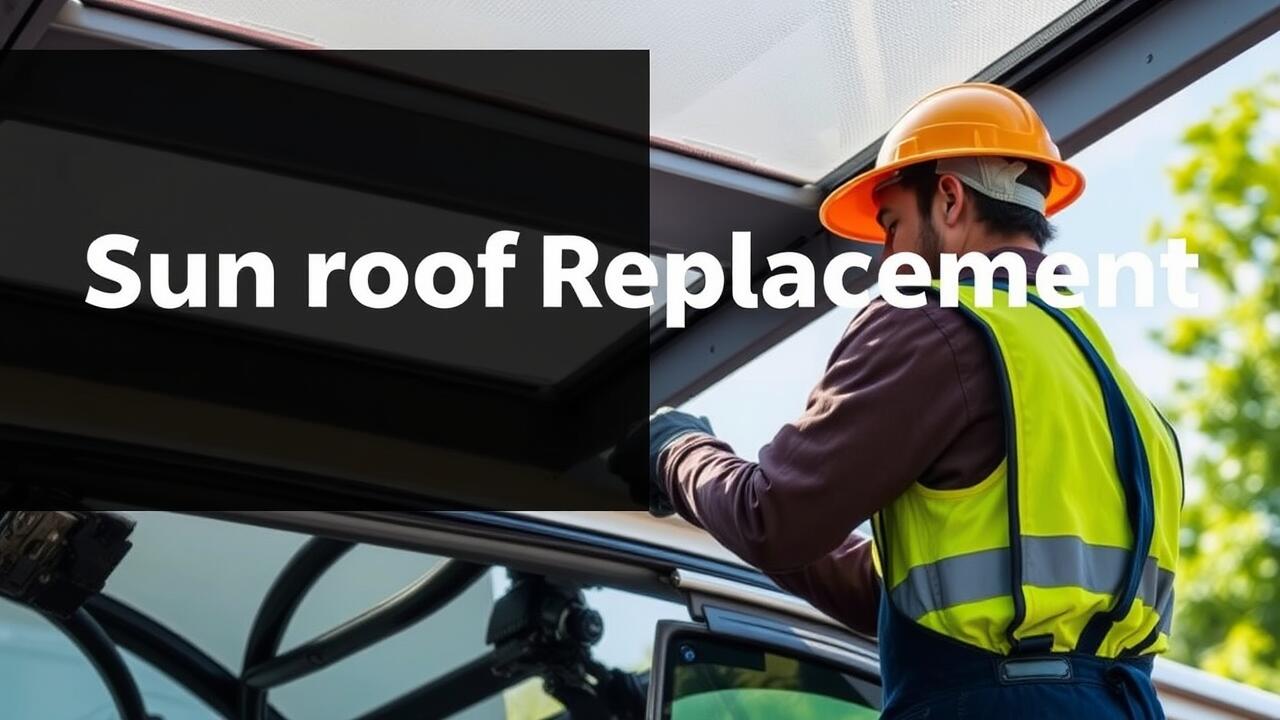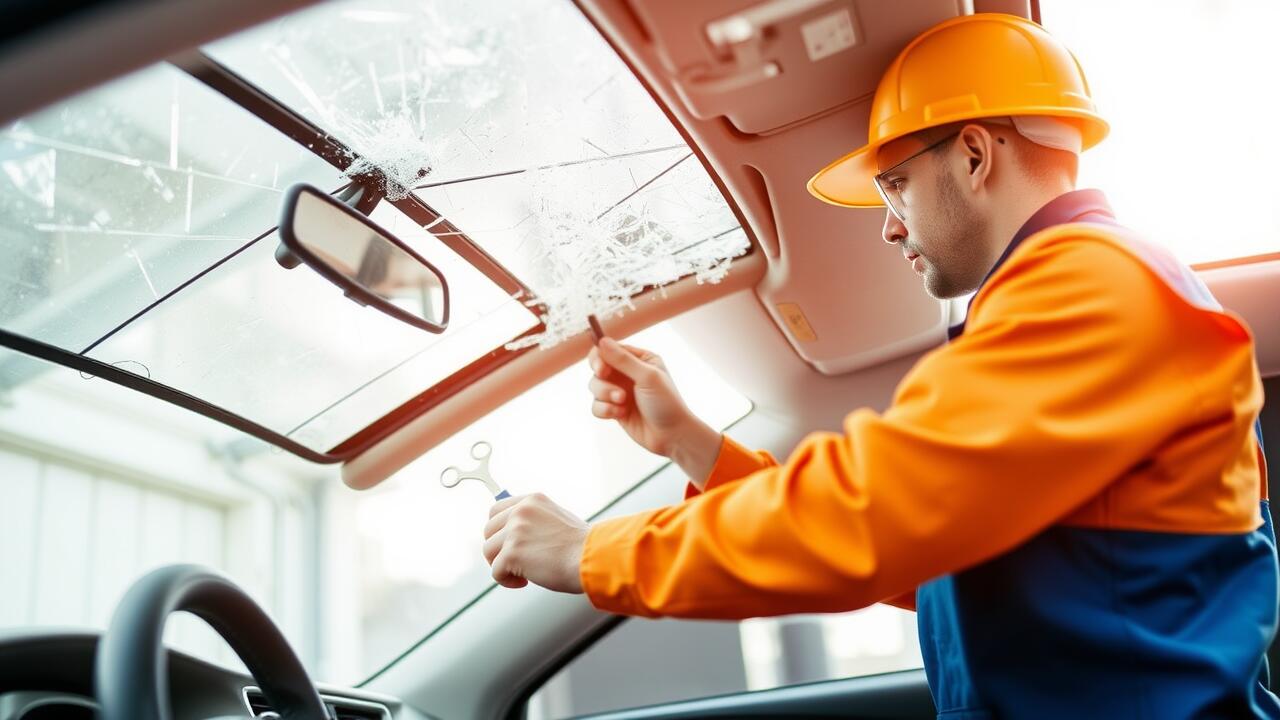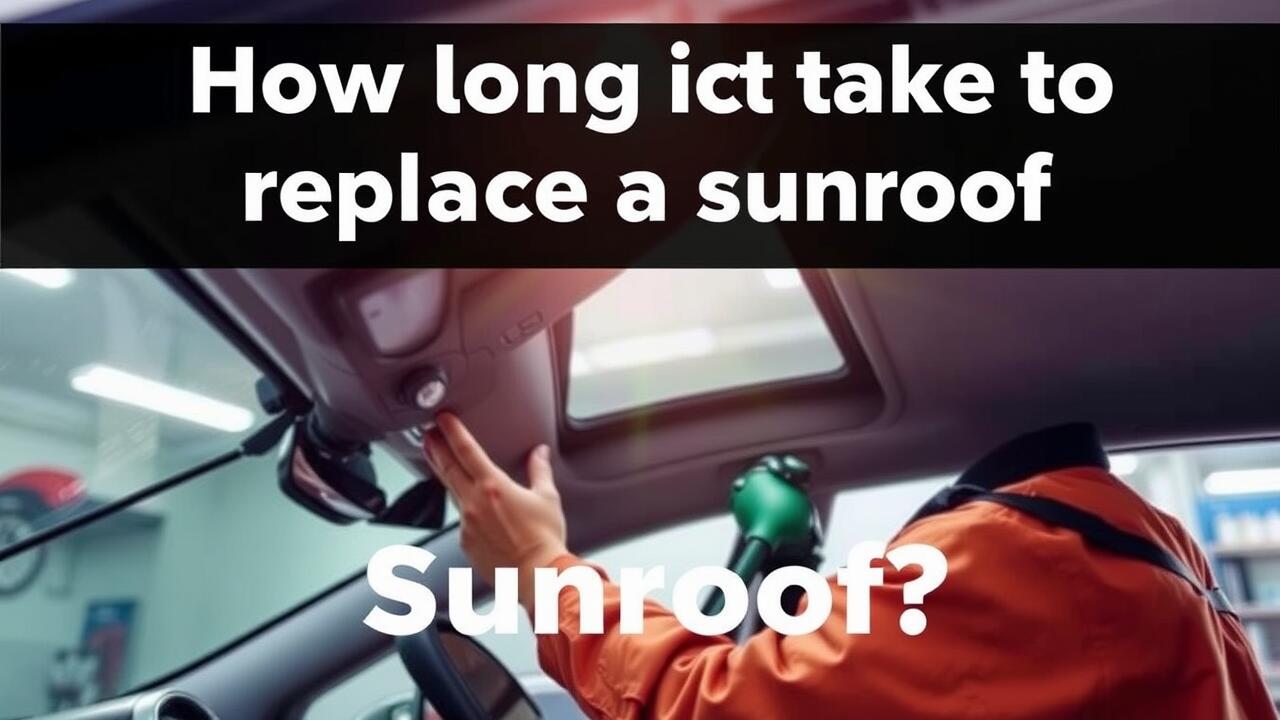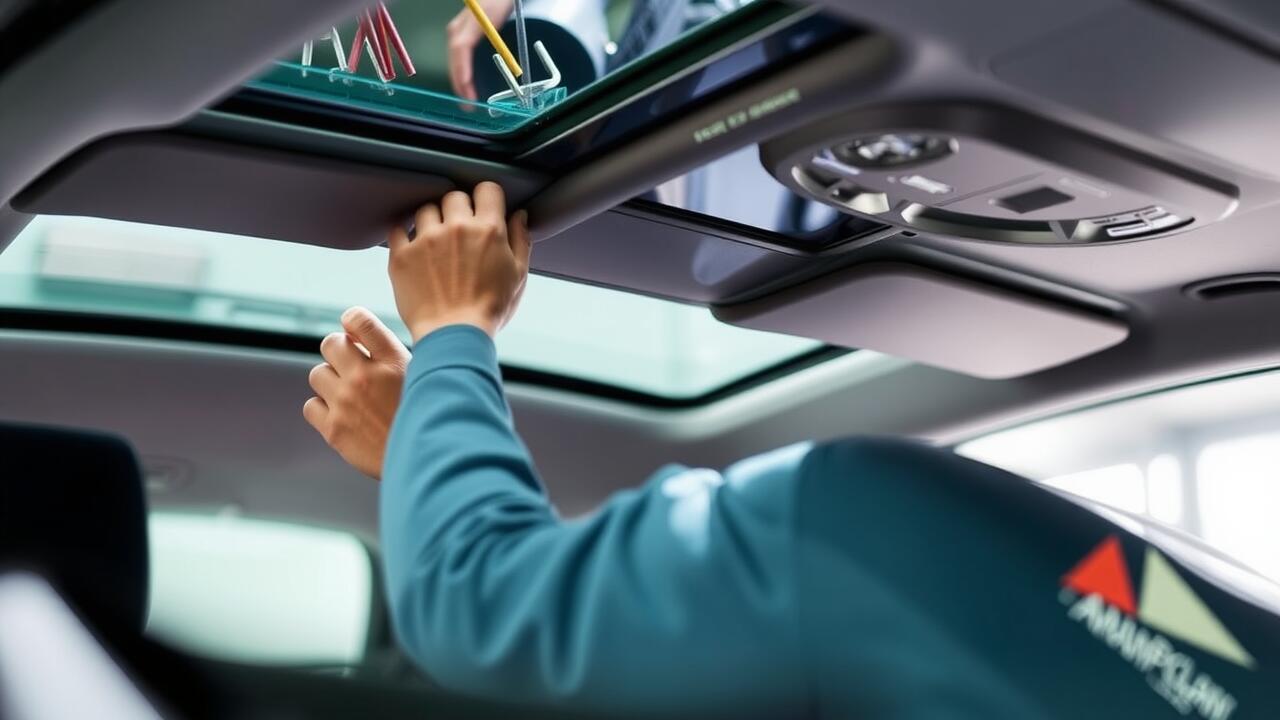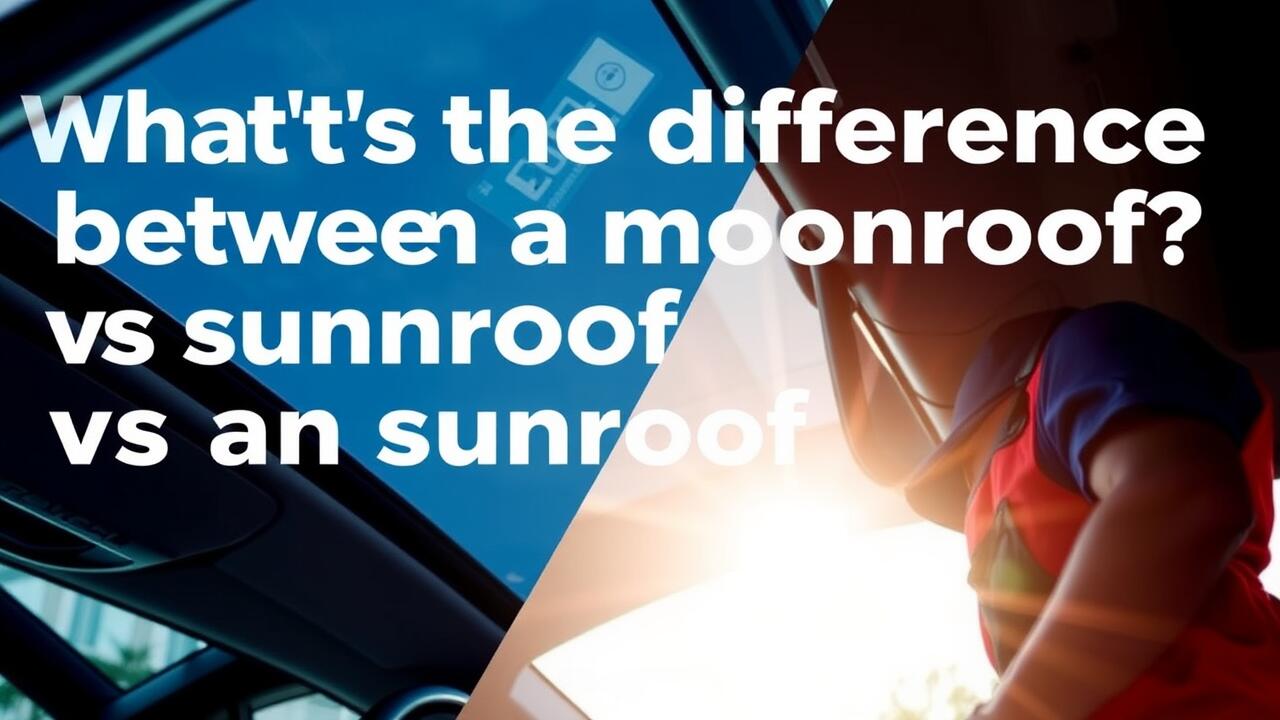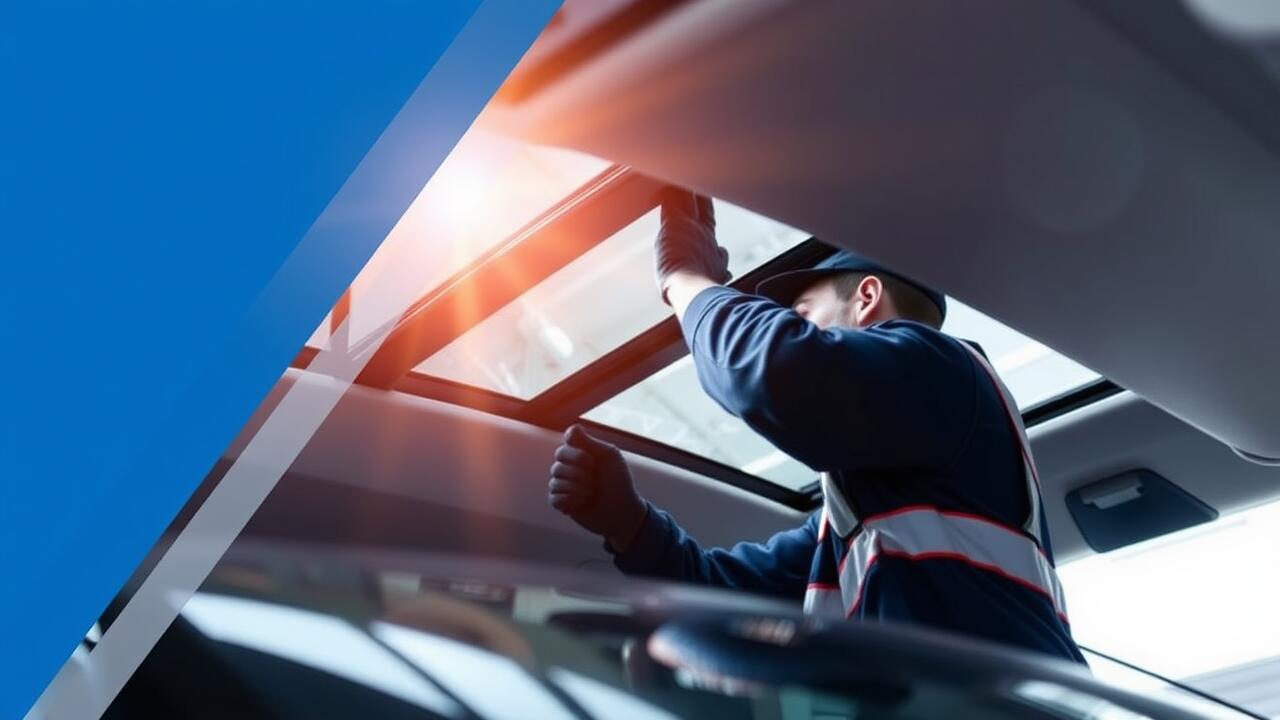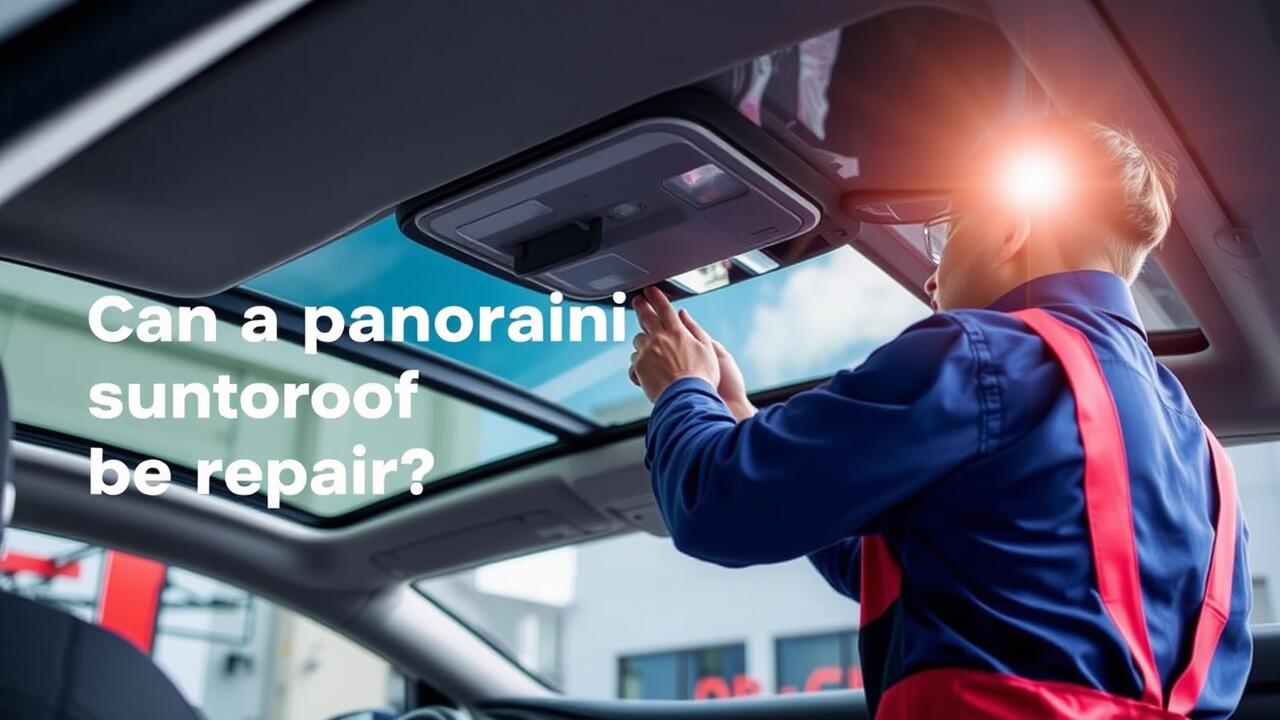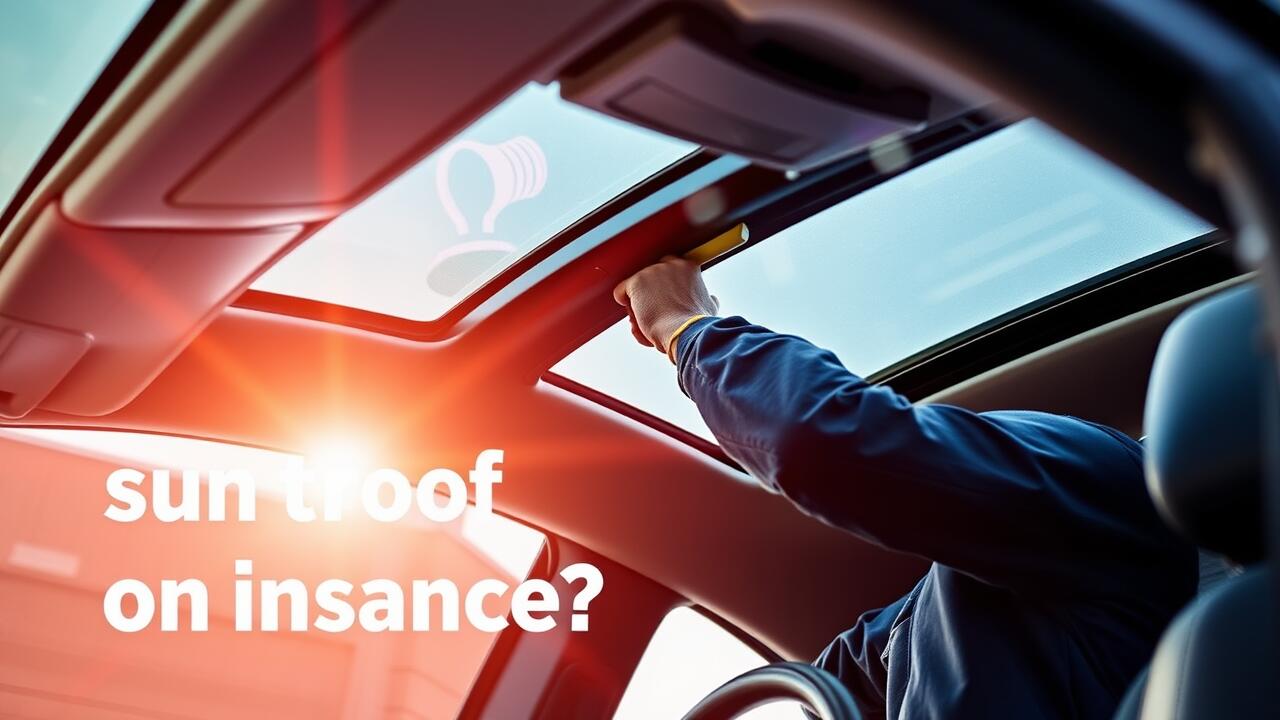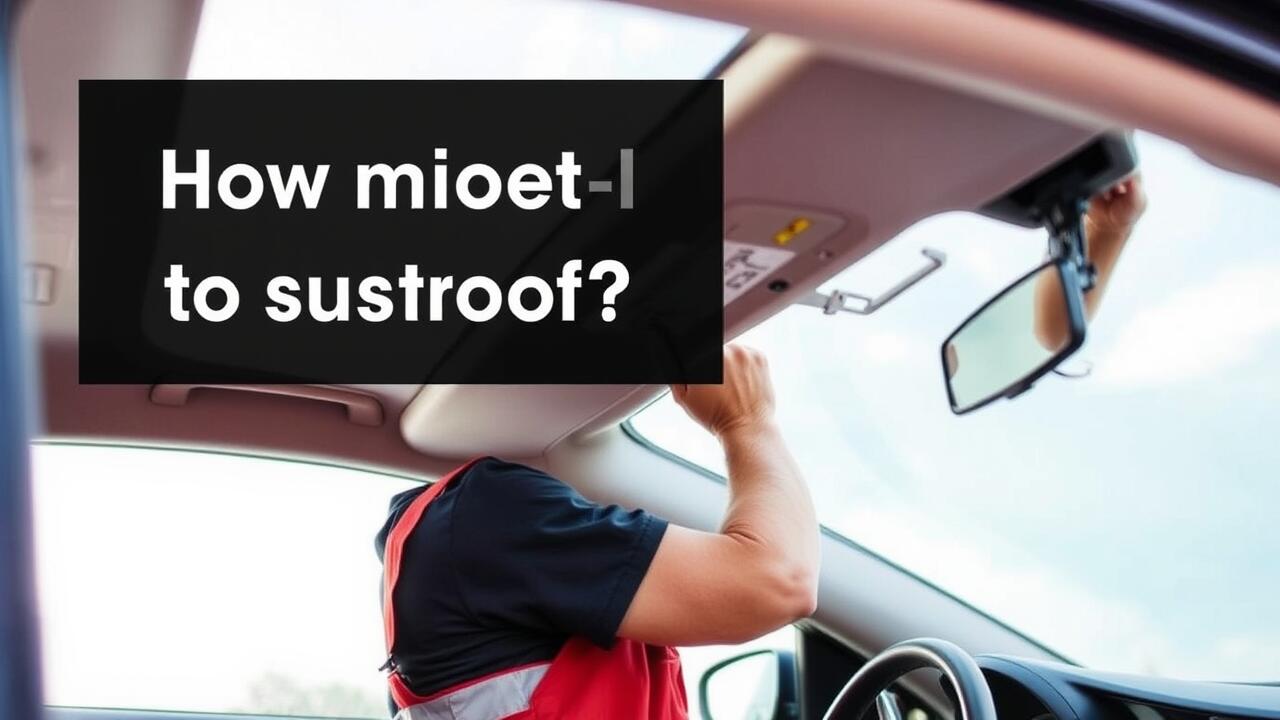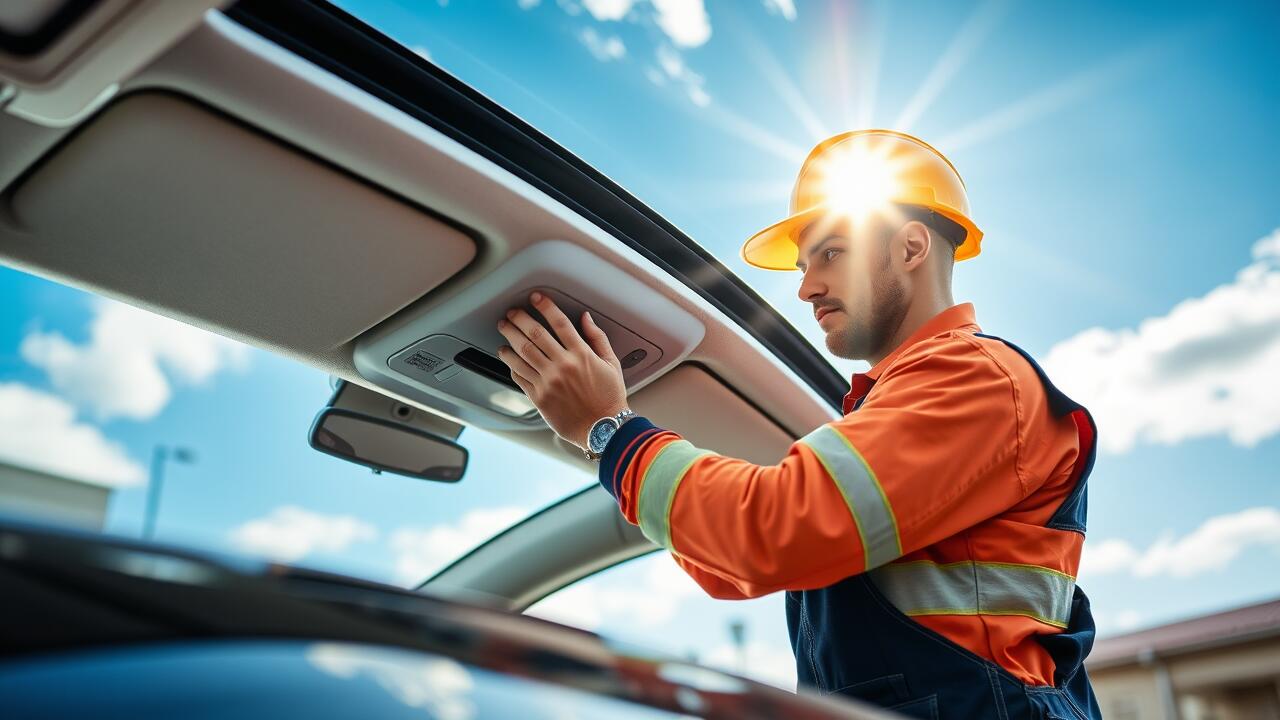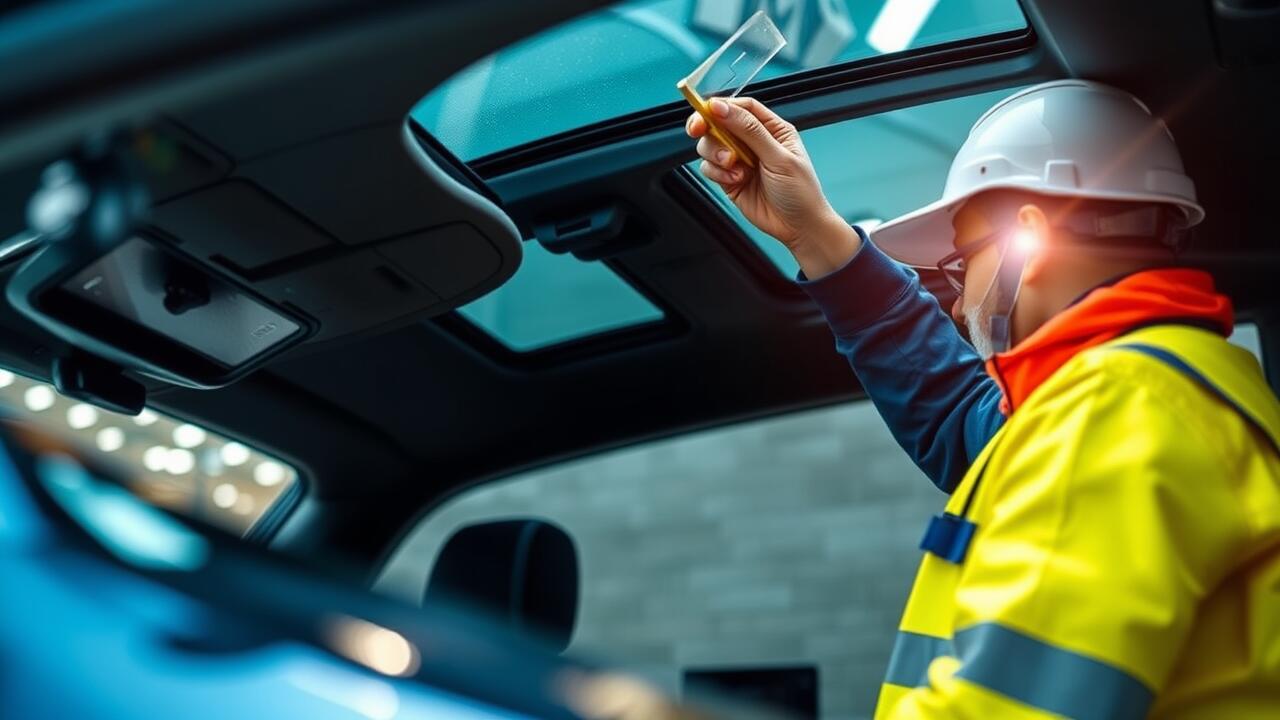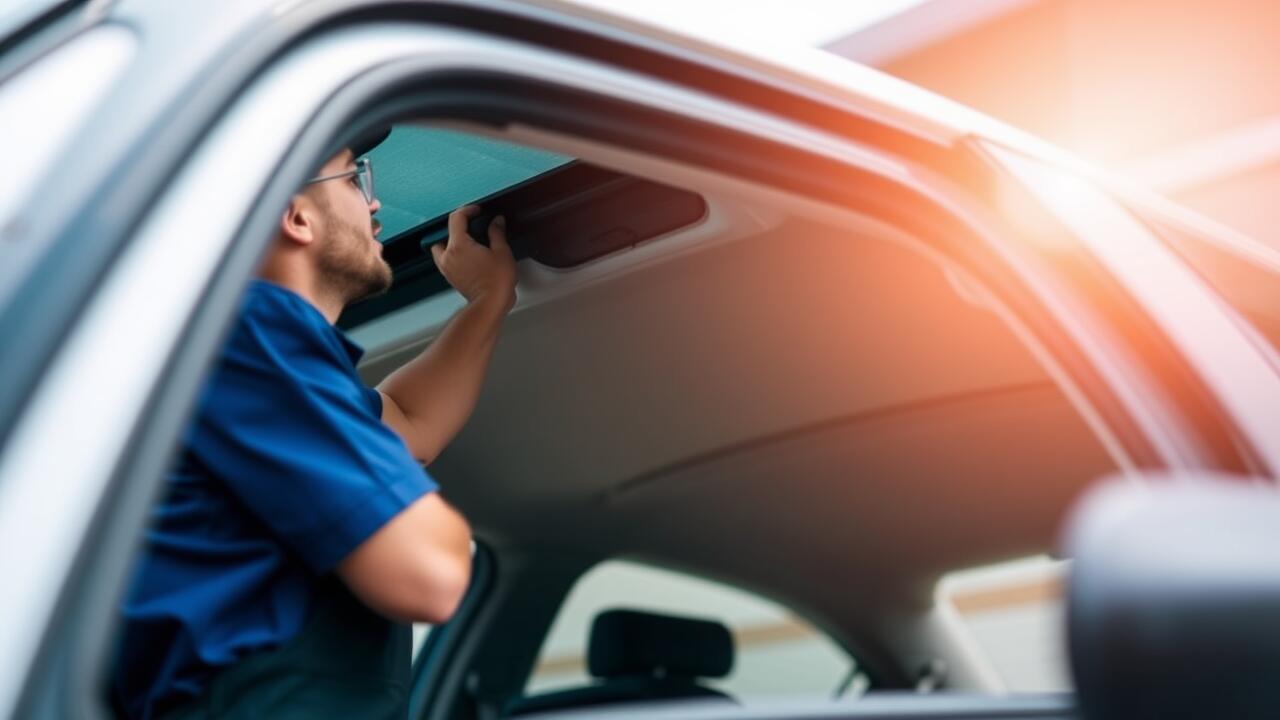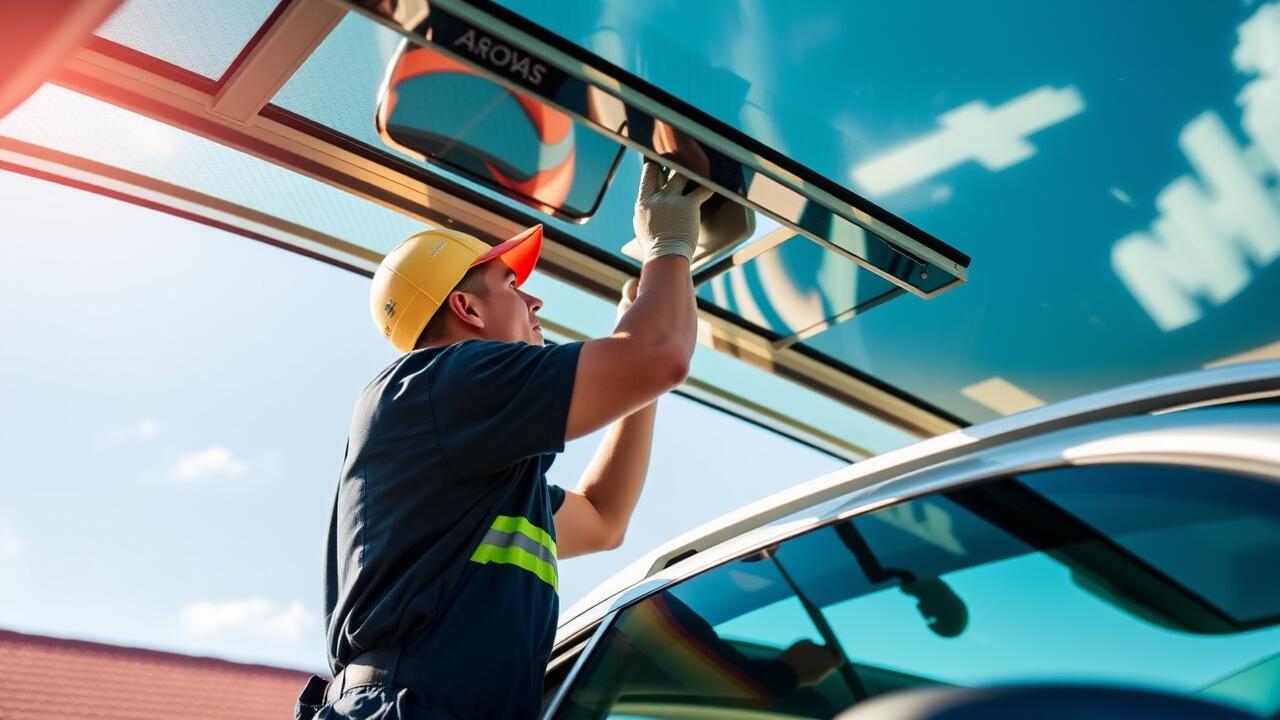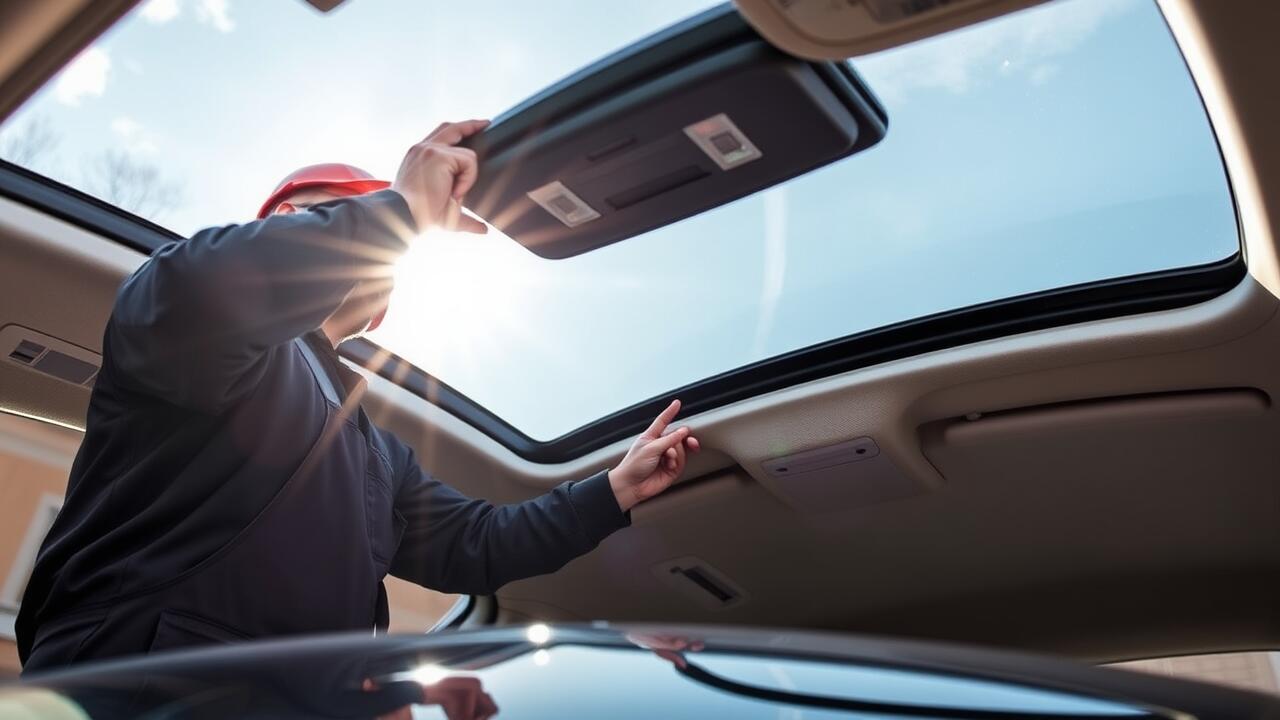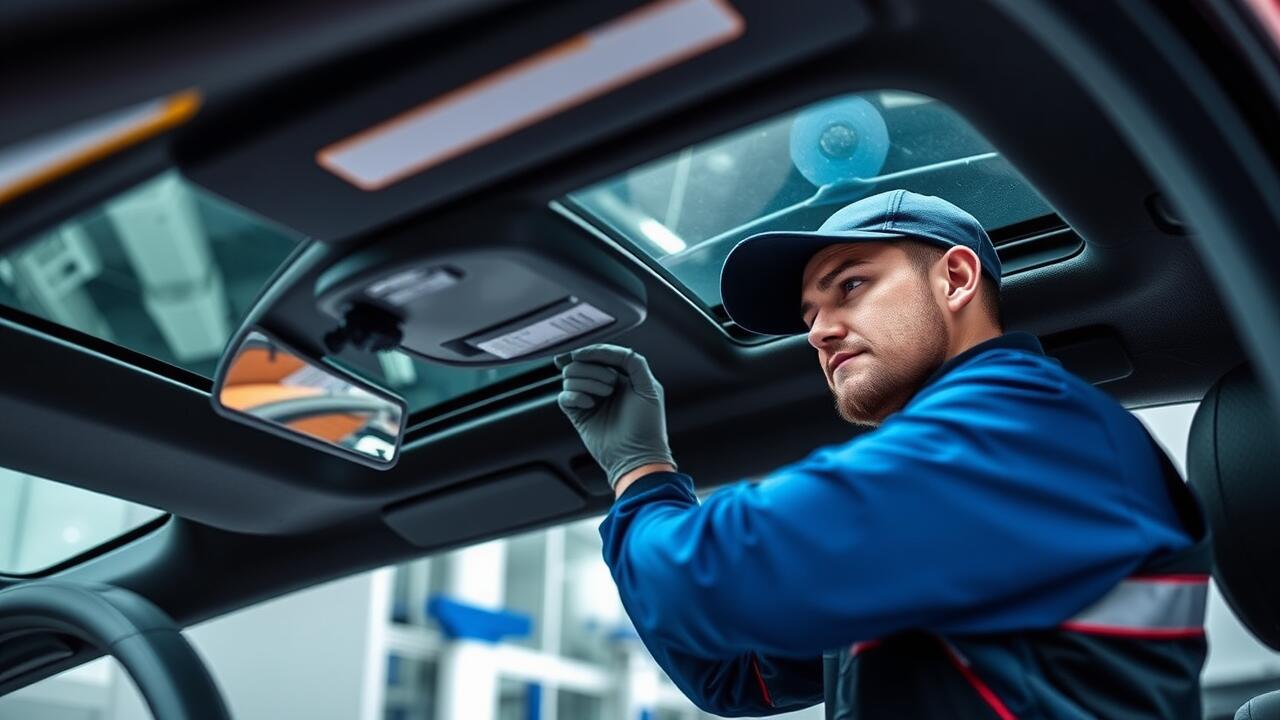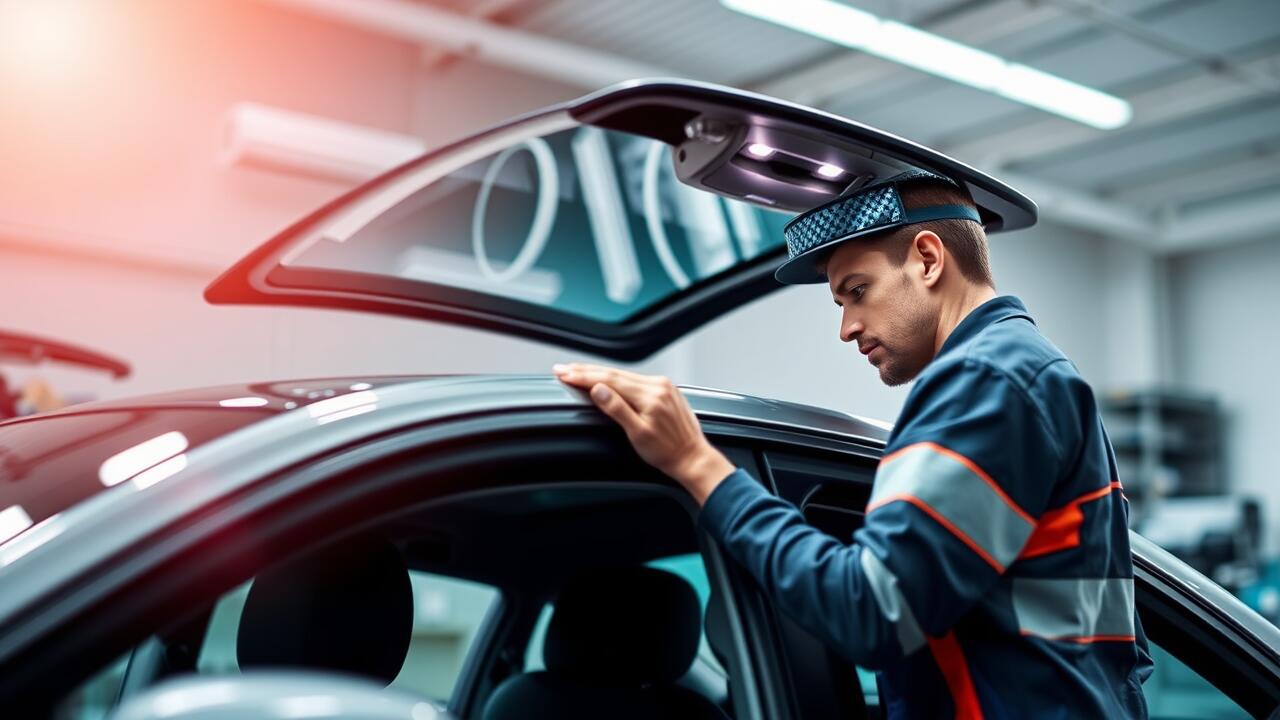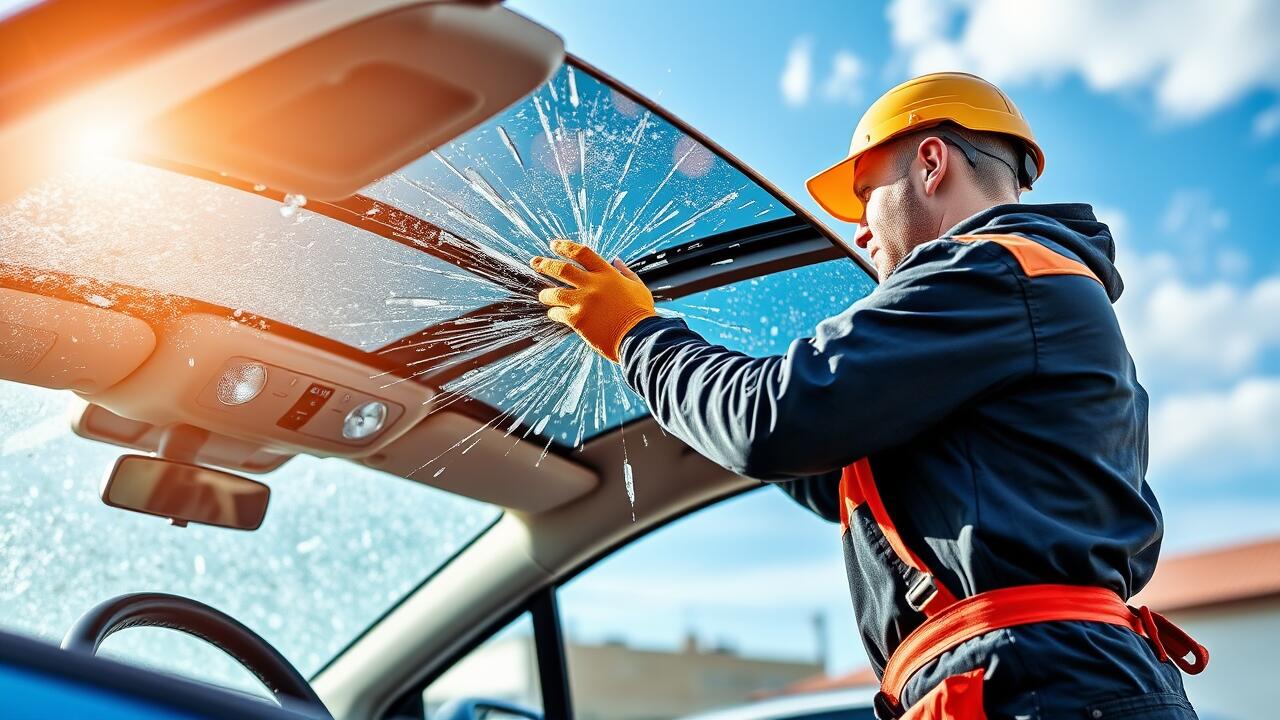
Table Of Contents
Vehicle Age and Wear
As vehicles age, the components, including sunroofs, undergo wear and tear due to exposure to the elements. Regular use can also lead to minor scratches and cracks that, over time, may escalate into larger problems. The seals around the sunroof can break down, leading to leaks and further degradation of the glass. This deterioration can weaken the structural integrity of the sunroof, making it more susceptible to shattering.
Older sunroofs might not offer the same level of safety as newer models. Advances in manufacturing processes have led to stronger, more resilient materials in modern vehicles. A sunroof replacement might be necessary if the existing one shows signs of wear. Ignoring these signs can increase the risk of unexpected shattering, potentially causing safety hazards and costly repairs.
Continue reading this article for more information.
Deterioration of Materials
The materials used in the construction of sunroofs can deteriorate over time due to exposure to UV rays and environmental factors. This deterioration can cause a loss of structural integrity, making the glass more vulnerable to cracks and shattering. Regular maintenance, such as cleaning the seals and checking for any signs of wear, can help prolong the life of a sunroof. Ignoring these signs can lead to more severe issues, ultimately requiring sunroof replacement to ensure the vehicle remains functional and safe.
In addition, temperature fluctuations can exacerbate material degradation. Extreme heat can cause some components to expand, while cooler temperatures can lead to contraction. This cycle creates stress on the sunroof panels, which may weaken them over time. When the condition of the materials is compromised, it increases the likelihood of unexpected shattering. Keeping an eye on the overall condition of the sunroof is essential for preventing expensive damage and the need for sunroof replacement.
Stress from Roof Racks
Roof racks are popular for their utility, but they can also contribute to the risk of sunroof shattering. When heavy loads are placed on roof racks, they may create uneven pressure on the vehicle’s roof structure. This pressure can negatively affect the integrity of the sunroof, especially if the rack is not evenly distributed or if the vehicle experiences vibrations during driving. Over time, these stresses can lead to cracks or complete shattering of the glass.
The design and installation of roof racks play a significant role in how much strain is placed on the sunroof. Inadequately secured items or excessively heavy loads can exacerbate this issue, leading to dangerous situations. Drivers may find themselves needing sunroof replacement sooner than expected due to the cumulative impact of these stresses. Ensuring proper use and maintenance of roof racks can help mitigate such risks, preserving both the safety and longevity of the vehicle’s sunroof.
Additional Weight and Pressure
The added weight from roof racks can significantly increase the stress on a vehicle’s sunroof. Items placed on these racks, such as bikes, luggage, or kayaks, exert downward pressure. Over time, this pressure can cause micro-cracks in the glass or weaken the frame, making the sunroof more susceptible to shattering. Regular inspections of both the roof rack and the sunroof can help identify any signs of wear before serious damage occurs.
In cases where the sunroof has sustained damage due to excess weight, prompt action is essential. Ignoring issues can lead to a complete shatter, which often necessitates costly Sunroof Replacement. When addressing this type of damage, it’s crucial to not only replace the sunroof but also assess other components that may have been affected. Ensuring that your vehicle's roof structure can handle the load is vital for preventing future incidents.
Extreme Weather Conditions
Extreme weather conditions can pose significant risks to the integrity of sunroofs. Heavy winds can create pressure differentials that put undue stress on the glass. Tapered glass edges may become weak over time, making them more susceptible to shattering during intense gusts. Additionally, hail can impact the sunroof's surface, leading to cracks or breakage.
The combination of extreme temperatures and heavy precipitation can also contribute to sunroof damage. High heat can cause the glass to expand, while sudden drops in temperature may result in contraction. These fluctuations can weaken the structural integrity of the sunroof, leading to potential failure. In cases where damage does occur, timely sunroof replacement is essential to ensure vehicle safety and functionality.
Hail and Heavy Wind
Hail can be particularly damaging to sunroofs, especially when the hailstones are large and come down with force. The glass is designed to tolerate a range of impacts, but violent conditions can create sufficient stress, leading to cracks or shattered panels. Regular exposure to hail storms may also weaken the structural integrity of the sunroof over time, necessitating potential Sunroof Replacement to ensure vehicle safety and function.
Heavy winds pose another threat, especially when debris is airborne. Items such as branches or small rocks can be propelled by strong gusts, increasing the risk of impact damage to the sunroof. Even without direct hits, the intensity of wind can cause vibrations that stress the glass. If owners notice cracks or compromised seals after such weather events, seeking a professional assessment for Sunroof Replacement becomes crucial to prevent further damage.
FAQS
What are the common reasons for sunroofs shattering?
Common reasons for sunroofs shattering include vehicle age and wear, deterioration of materials, stress from roof racks, additional weight and pressure, and extreme weather conditions like hail and heavy wind.
How does the age of a vehicle affect the sunroof?
As a vehicle ages, materials can deteriorate, leading to increased susceptibility to stress and potential shattering of the sunroof.
Can using a roof rack contribute to sunroof damage?
Yes, using a roof rack can place additional weight and pressure on the vehicle's roof, which may lead to stress on the sunroof and increase the risk of shattering.
What types of extreme weather can impact sunroofs?
Extreme weather conditions such as hail and heavy winds can place excessive pressure on sunroofs, potentially causing them to crack or shatter.
How can I prevent my sunroof from shattering?
To prevent sunroof shattering, ensure regular maintenance of your vehicle, avoid overloading your roof rack, and try to park in sheltered areas during extreme weather conditions.
